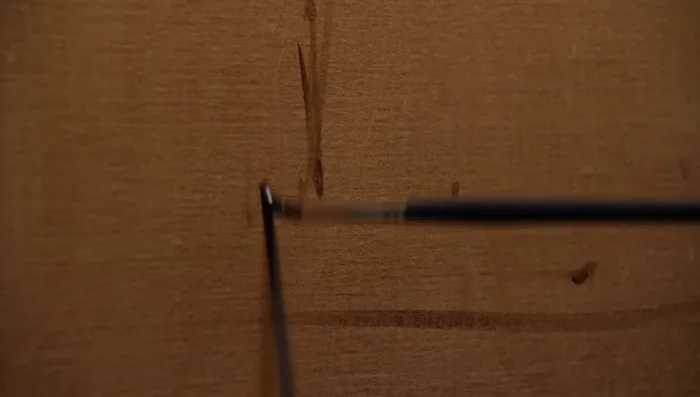Landscape painting, with its vast horizons and atmospheric depth, presents a unique challenge: capturing the subtle nuances of air and distance. Mastering atmospheric perspective is key to unlocking the realism and emotional impact of your landscapes, transforming a flat depiction into a three-dimensional world that breathes with life. This elusive technique, often considered the hallmark of masterful landscape artists, involves understanding how atmospheric conditions affect color, value, and detail as objects recede into the distance. From the vibrant foreground to the hazy horizon, the illusion of depth is meticulously constructed.
This guide will unravel the mystery of atmospheric perspective, providing a clear and accessible approach for artists of all levels. We’ll explore the fundamental principles behind this technique, examining how to manipulate color saturation, value contrasts, and level of detail to create a believable sense of space and distance. Get ready to embark on a step-by-step journey to mastering this essential skill, transforming your landscapes from two-dimensional representations to breathtakingly realistic scenes.
Preparation and Safety Guidelines
- Oil paints (Titanium white, Burnt umber, Burnt sienna, Yellow oxide, Cadmium yellow, Cadmium red, Quinacridone magenta, Ultramarine blue, Cobalt teal, Phthalo green), Olio gel medium, Belgian linen panel (12x14 inches), Bristle filbert brush #4, Bristle dagger brush #2, Trimmed fan brush, Trimmed synthetic round brush #0
- Always work from light to dark. Start with your lightest values and gradually build up darker tones, allowing the atmospheric perspective to develop naturally.
- Use a limited palette. Restricting your color choices helps unify the painting and emphasizes the atmospheric effects of color shift and saturation.
- Don't overwork your painting. Too much detail in the distant parts will contradict the effect of atmospheric perspective. Embrace soft edges and subtle gradations of color and value.
Step-by-Step Instructions
Prepare the Canvas and Sketch
- Prepare the canvas with a burnt sienna base, rubbed back to reveal linen texture. Sketch the composition freehand using olio gel and burnt umber, focusing on major lines and zones of color.

Prepare the Canvas and Sketch Paint the Background
- Begin painting from the furthest distance, working forward. Paint the sky using a #4 bristle filbert brush, incorporating ultramarine blue, burnt umber, cobalt teal, and quinacridone magenta for dramatic cloud formations.
- Paint the distant hills, using subdued greens (avoiding over-saturation) to maintain depth. Gradually deepen the colors and shadows as you work towards the foreground.


Paint the Background Establish Midground
- Establish the mid-ground with a #4 filbert brush, focusing on grassy slopes and a paddock meeting the forest. Ensure the greens are not overly saturated to keep them in the mid-ground.

Establish Midground Paint Foreground Elements
- Paint the trees, using darker and more saturated colors for those in the foreground to create depth. Use phthalo green sparingly to achieve saturation in the foreground elements.
- Paint the main pine tree, using ultramarine blue, burnt umber, and phthalo green. Use a #2 dagger brush for detailed textures. Be mindful of phthalo green's intensity.
- Paint the riverbank, using fragmented brushstrokes to create clumps and tussocks of grass. Suggest water reflections by mirroring colors from above the waterline.



Paint Foreground Elements First Refinement
- Refine the painting after a two-day drying period. Work in additional layers, blending and softening brushstrokes to enhance the overall effect.
- Add details to the clouds, using titanium white, burnt umber, and yellow oxide for warm highlights. Use the #2 dagger brush to blend and refine the clouds.


First Refinement Add Final Details
- Add final details to the trees and grass, using a variety of brushes to achieve varied textures. Focus on creating the illusion of detail without overdoing it.
- Add the darkest shadows in the immediate foreground, using a combination of ultramarine blue, burnt umber, phthalo green, and quinacridone magenta. Add highlights to the blades of grass to enhance the sense of depth.


Add Final Details
Read more: 7 Top Paint Color Trends for 2024: A Complete Guide with Free Downloadable Resource
Tips
- Work from the background to the foreground, gradually increasing color saturation and detail.
- Use subdued colors in the distance to create atmospheric perspective.
- Use phthalo green sparingly, as it's a strong color that can overpower other pigments.
- Allow sufficient drying time between layers when using olio gel.
- Create the illusion of detail by using varied brushstrokes and a combination of colors.










